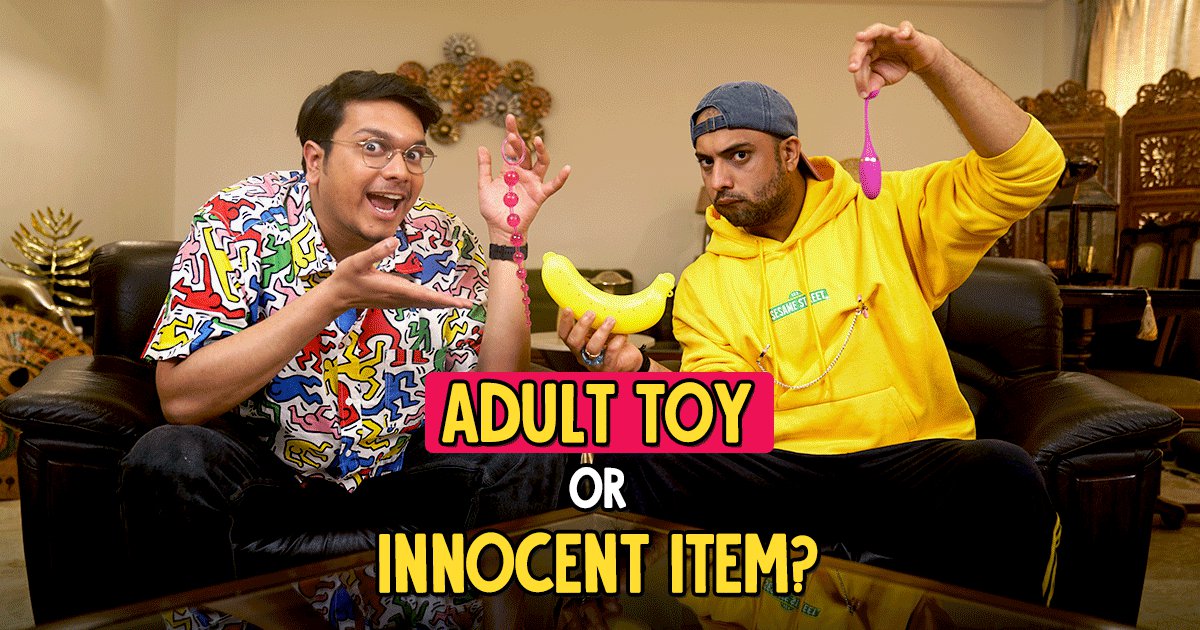Chances are, you will no longer see these sort of headlines in your Facebook News Feed very soon as Facebook has ramped up its fight against clickbait. Facebook Inc’s News Feed will now show fewer “clickbait” headlines over the next few weeks, the company announced Thursday, as it seeks to establish itself as the prime web destination for news and social updates.
In a press release, Facebook said,
Clickbait headlines intentionally omit crucial information. This forces people to click through to find out the answer, but they then quickly return to News Feed. We’ve heard from people that they prefer to see clearly written headlines that help them decide how they want to spend their time.
For example: “When She Looked Under Her Couch Cushions And Saw THIS… I Was SHOCKED!”; “He Put Garlic In His Shoes Before Going To Bed And What Happens Next Is Hard To Believe”; or “The Dog Barked At The Deliveryman And His Reaction Was Priceless.”

- Share headlines that inform and carry meaning
- Post headlines that set appropriate expectations instead of misleading readers
- Share links with clear and accurate headlines
The move comes after the company received thousands of complaints a day about clickbait, headlines that intentionally withhold information or mislead users to get people to click on them, Adam Mosseri, vice president of product management for News Feed, said in an interview.
In an effort to eliminate clickbait from the site, Facebook created a system that identifies and classifies such headlines. It can then determine which pages or web domains post large amounts of clickbait and rank them lower in News Feed.

Facebook routinely updates its algorithm for News Feed, the place most people see postings on the site, to show users what they are most interested in and encourage them to spend even more time on the site.
“What we hope is this will create incentives for publishers to post less clickbait,” Mosseri said. “We tried to be very concrete about what we defined as clickbait.”
The 1.7 billion-person site has worked to better communicate how it shows news and posts to users in recent months, after a May news report alleged liberal political bias in a Facebook feature called Trending Topics.
The system looks for commonly used phrases in clickbait headlines, similar to how filters for email spam work, Facebook said in a blog post. It categorized tens of thousands of headlines as clickbait by looking for headlines that intentionally withheld information and those that exaggerated the content of an article.
(With inputs from Reuters)

















